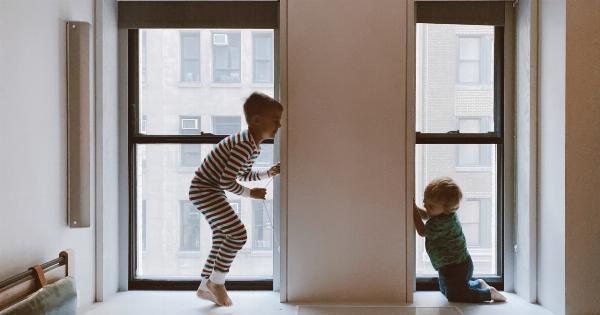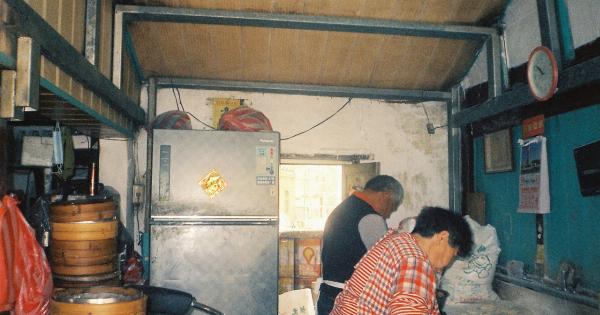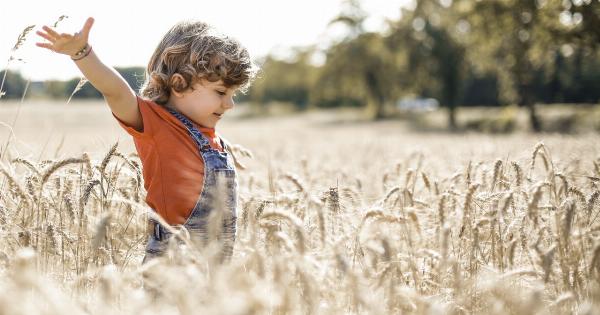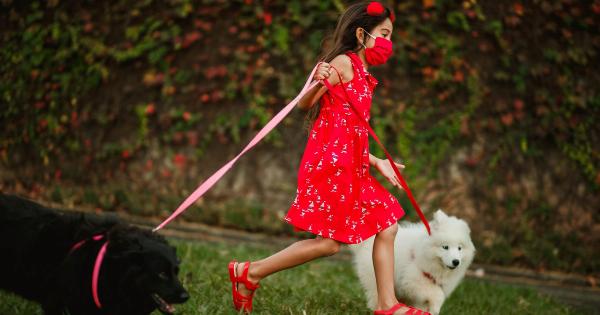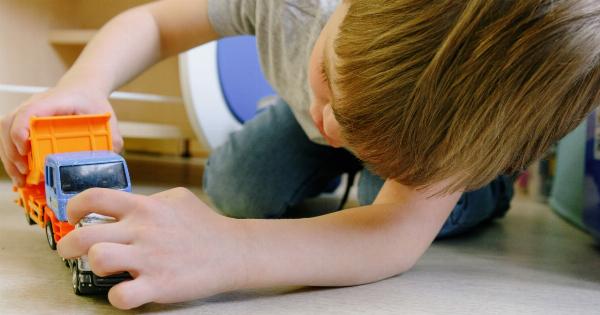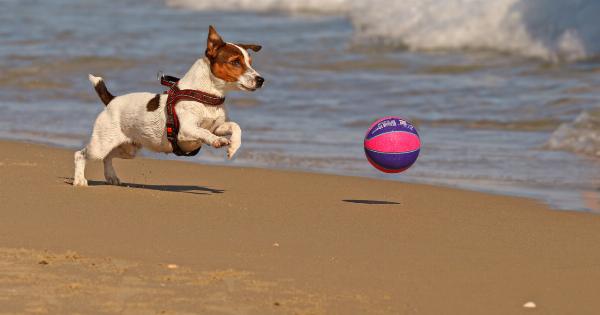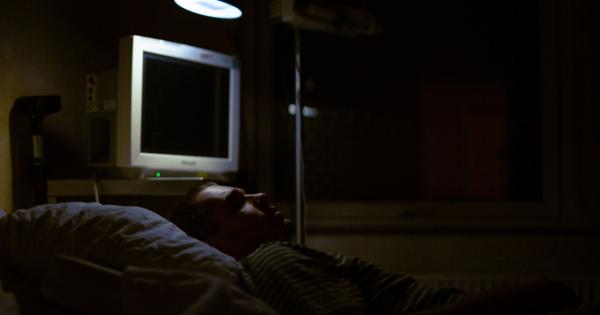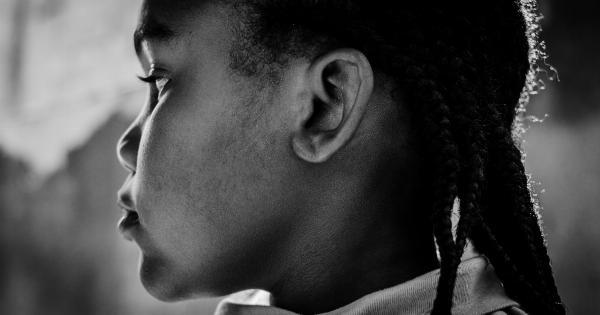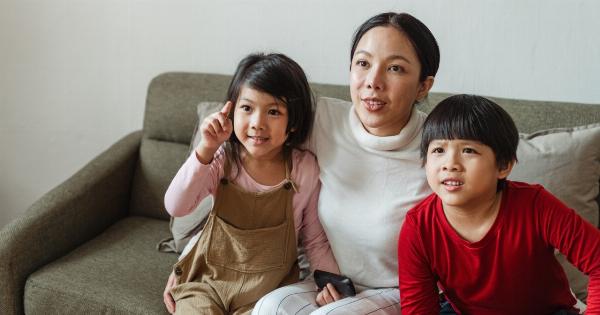As children, we often believe that we are invincible and that nothing bad can happen to us. However, the reality is that even if we are small, we are still in danger of many things.
There are many potential risks out there that children need to be aware of, and it is important for parents to educate their children about these dangers in order to keep them safe.
1. Being Abducted
One of the biggest dangers that children face is abduction. Unfortunately, child abductions are far too common and can happen anywhere, at any time.
Children can be abducted by strangers, but they can also be taken by people they know, such as relatives or family friends.
It is important for parents to teach their children about the dangers of abduction and to provide them with the tools they need to stay safe. Children should be taught never to go anywhere with a stranger, no matter how friendly they seem.
Additionally, children should know their full name, address and phone number, and be able to recite it if they are in trouble.
2. Getting Lost
Another danger that children face is getting lost. Whether it is at a crowded amusement park, in a busy shopping mall or in the great outdoors, children can easily get separated from their parents and become lost.
Therefore, it is important to teach children what to do if they become lost. They should stay in one place and wait for their parents or another trusted adult to find them.
Children can also wear identification tags, or carry copies of their parents’ contact information in case of an emergency.
3. Being Bullied
Bullying is unfortunately common in school, and it can have long-lasting effects on a child’s mental and emotional well-being.
Parents should educate their children about what bullying is and how to recognize it, as well as provide them with strategies for dealing with bullies.
One of the most important things parents can do is to encourage their children to speak up and seek help if they are being bullied. Parents and teachers should take bullying seriously and take steps to stop it before it gets worse.
4. Being Hurt by a Pet
Many families have pets, and while pets can be wonderful companions, they can also pose a danger to children.
Children should be taught how to interact with pets safely, and should never be left unsupervised with a pet, especially if they are too young to understand the risks.
If a child is bitten or scratched by a pet, parents should seek medical attention immediately. Parents should also ensure that their pets are up to date on their vaccinations and that they are well-trained and well-behaved.
5. Falling
Falls are one of the most common causes of injury in children. Children can fall from playground equipment, down stairs, or even from a high chair or changing table.
It is important to take steps to prevent falls, such as supervising children closely, installing safety gates and using safety straps on high chairs and changing tables.
Parents should also teach their children about safe climbing and play, and monitor them closely to ensure they are not engaging in risky behavior.
6. Choking
Choking is a serious risk for children, especially those who are too young to understand the dangers of putting small objects in their mouths.
Parents should be aware of the choking hazards that exist in their home, such as small toys, coins, and food items that are not safe for young children.
Parents should also teach their children to chew their food thoroughly and to avoid running and playing while eating. Parents should take a CPR class, so they know what to do in case of an emergency.
7. Burns
Burns are another common injury in children, and they can happen quickly and unexpectedly. Children can be burned by hot liquids, such as coffee or tea, by touching hot stoves or ovens, or by playing with matches or lighters.
To prevent burns, parents should keep hot liquids out of reach of children, ensure that their stove and oven are properly fitted with safety features, and keep matches and lighters locked away and out of reach.
Children should also be taught about the dangers of fire and heat, and be warned against playing with or near fire.
8. Drowning
Drowning is one of the most serious risks that children can face, especially during the summer months when many families spend time around the pool, beach, or lake.
Children can drown in just a few inches of water, and it can happen quickly and silently.
In order to prevent drowning, children should never be left unsupervised around water, and parents should ensure that pools, hot tubs, and other water sources are properly fenced and gated.
Children should also be taught how to swim and how to stay safe around water, including the importance of wearing appropriate flotation devices such as life jackets.
9. Allergies
Many children suffer from allergies, and some of these allergies can be life-threatening. Parents should be aware of their child’s allergies, and take steps to prevent exposure to allergens that could cause an allergic reaction.
Parents should keep their homes allergy-free, and educate their children about the dangers of certain foods or substances that can trigger an allergic reaction.
It is also important to carry emergency medications such as EpiPens when traveling to ensure that children can receive immediate treatment in case of an emergency.
10. Abusive Situations
Finally, children can also be at risk of abuse, whether it is physical, emotional or sexual. Parents should educate their children about what abuse is and how to recognize it, as well as provide them with strategies for dealing with abusive situations.
Parents should also be aware of the signs of abuse, and take steps to protect their children by limiting their exposure to potential abusers, and reporting any suspected abuse to the authorities.
Conclusion
While children may be small and vulnerable, they are not helpless against the many dangers they face.
By educating themselves and their children about the risks and taking steps to prevent them, parents can help keep their children safe and secure no matter where they go.
















